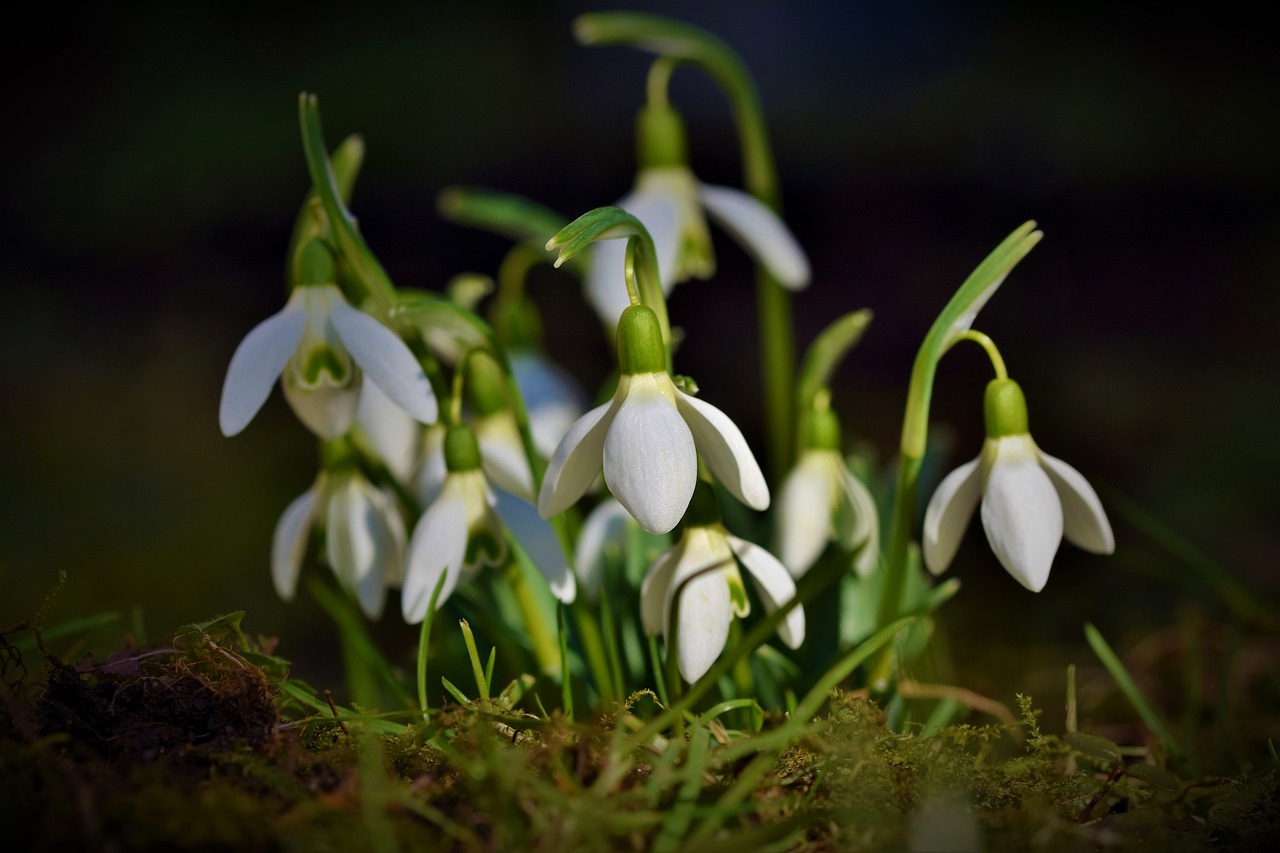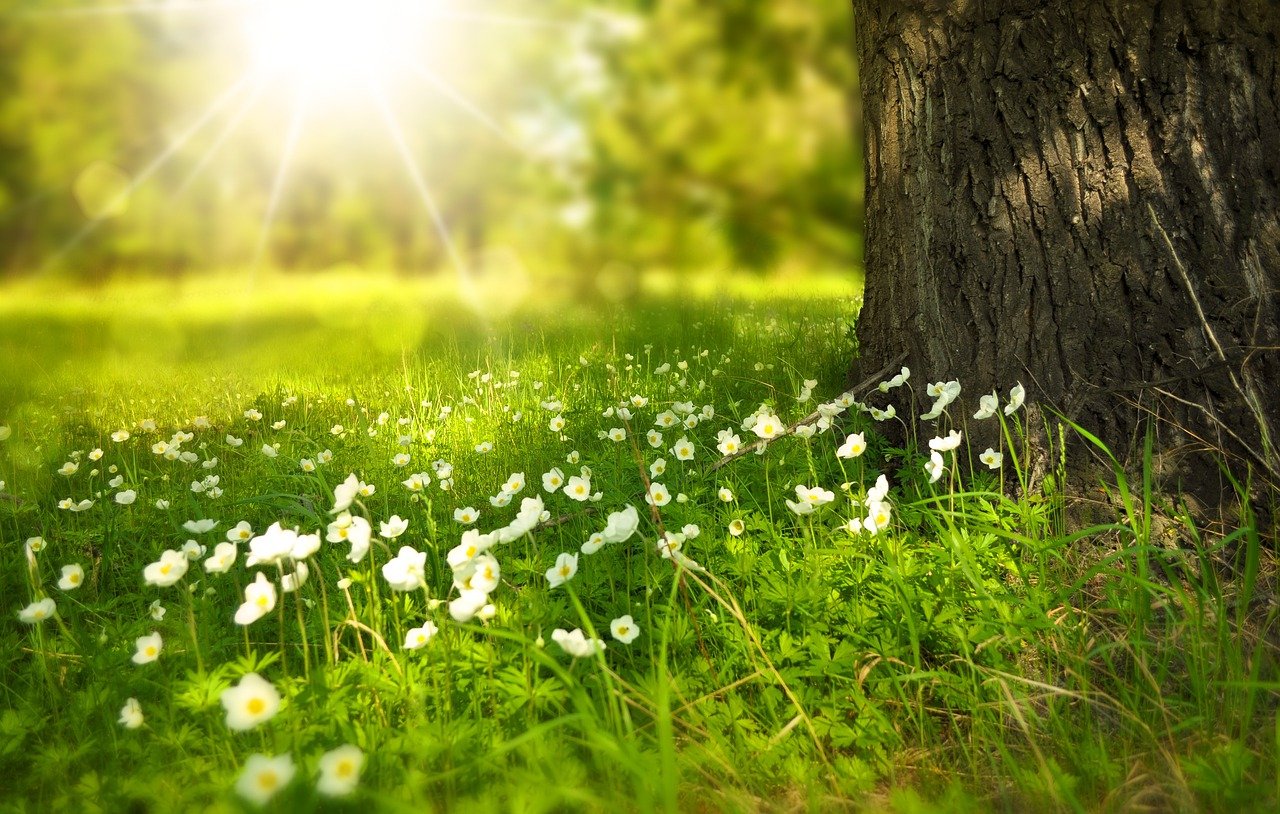Fall is perhaps the prettiest time of the year for many gardeners when they can analysis the fruits of their summertime labors.
It is the time when the deciduous trees start to show their fiery colors when the last of the summer crops of vegetables are ripening on the vines and when the days are showing a marked shortening of light. Fall is also one of the busiest times of the year as it is time for all good gardens to be protected against the onset of winter.
Mulching with Hay

Mulching is probably one of the best tips for ensuring that the roots especially of young trees are not damaged by winter frosts. Whilst Lucerne hay is one of the best products to use, the astute gardener can also use old newspapers, grass clippings, in fact, most organic matter.
One of the most cost-effective measures to use in so far as mulching is concerned is the use of leaf matter. The fallen leaves are a lovely sight sprinkled about the garden, and when raked and piled about the plants and trees they become possibly the cheapest form of mulching available. But do ensure that the mulch does not go too close to the trunk of the tree or shrub. This can lead to collar rot – and could kill your plant or tree, not good.
Potting Frost Sensitive Plants

Frost is probably one of the biggest killers of many tender plants and trees. The best way to secure your plants from the harmful effects of a cold snap is to:
- Mulch heavily
- Either remove the plant to a pot or
- Cover with hessian
Another tip for trees is to wrap the trunk with a thick layer of paper or hessian. This will go a long way to protecting the tree.
Plant out Your Winter and Spring Flowering Bulbs
Fall is the ideal time for planting out winter and spring-flowering bulbs. It’s great to plant them en-masse around and under trees and shrubs. They will lay dormant in the cool to cold earth, and amazingly will shoot up and flower when the time is right.
Cutting Back Old Growth
Fall is also the time when many plants will be needing a good cut back. By cutting and shaping the plant or tree it is setting the plant up ready for the new spring growth. Plants such as Lavender really love a good cutback, especially as the lovely perfumed flowers can be kept and dried for use in the home.
Water
Fall is the time when most gardens cease to require much watering. The hot summer months that saw the need for constant watering of the garden have gone and fall gardens do not need near as much watering, especially as the mulching will keep the roots moist should it happen to rain.
However, fall is a great time to identify areas in the garden that could do with a good drip-feeding system. The digging is not nearly such hot work when done in the Fall. The placement of the pipes and drip feeders will greatly assist the garden come the long hot summer months of the new season.
The best thing about preparing a fall garden for winter is the opportunity it gives the gardener to work outside, experience the delights of the season such as the sounds of the birds as they forage for berries on the trees and shrubs and the delights of walking amongst the plants and trees and know that you have done all that is possible to ensure that the garden will survive the onset of winter and the frosts that can do so much damage.
Gardening Tips For The Winter Months
January is full of horrid weather for plants. Sub-zero weather with lots of brutal winds, torrential rain, bitter ice, and snow. The garden lies dormant waiting to burst out at the first warm rays of spring sunshine. Here are a few tips to make sure your favorite plants survive this winter.
- Do not use salt to clear snow and ice off paths bordered by plants because the salt that can run off and damage the plants. Just haul out the old shovel and get some fresh air and exercise.
- Might want to make a note where your garden is retaining water and you might want to fix this once the weather eases up.
- Take a daily walk around your flowerbeds and spot if there is any snow covering the plants. You may want to gently tap and scrape it away with a pole. Excess weight from the snow can break branches.
- Try not to walk on snow-covered gardens. Plants and the edges of lawns can easily break.
- This is a great time to get your equipment repaired, tune-up and blades sharpened.
- As soon as weather allow be sure to spray your fruit trees to get rid of winter eggs from pests.
- Be sure to cut down on watering the plants in the greenhouse. They are growing at as slower rate and need less water or the roots will rot.
- Both plastic and clay pots should be covered. Plastic becomes brittle when cold and can break. Clay pots when frozen may crack.
- Send away for seed and plant catalogs. Sketch out new borders or areas of the garden. Order the seeds.
- If the water freezes, fish are prevented from getting oxygen. Do not try to crack the ice. This might cause shock waves and actually kill the fish. Instead, boil a pot of water and put it on top of the ice. You may need to do this a couple of times.
- Make sure your compost has a meshed top or hinged lid to keep rats out who may be drawn to the kitchen scraps.
- Birds are essential to all gardens getting rid of pests. Be sure to supplement their diet over the cold winter months.
A gardener will find no rest in the winter making plans for the new growing season. Plants still need to be cared for as not to suffer winter damage. It is a task gardener bare with love and much enjoyment all year through.






